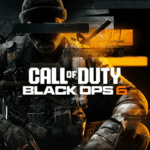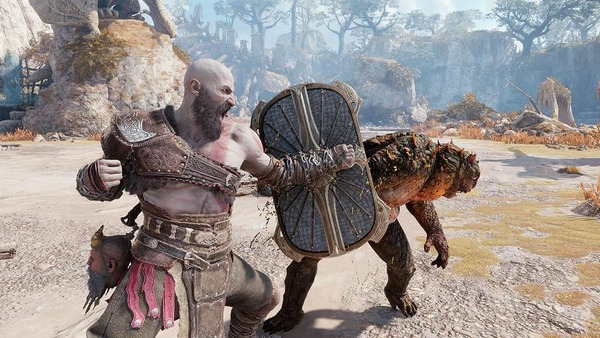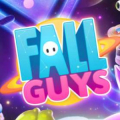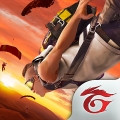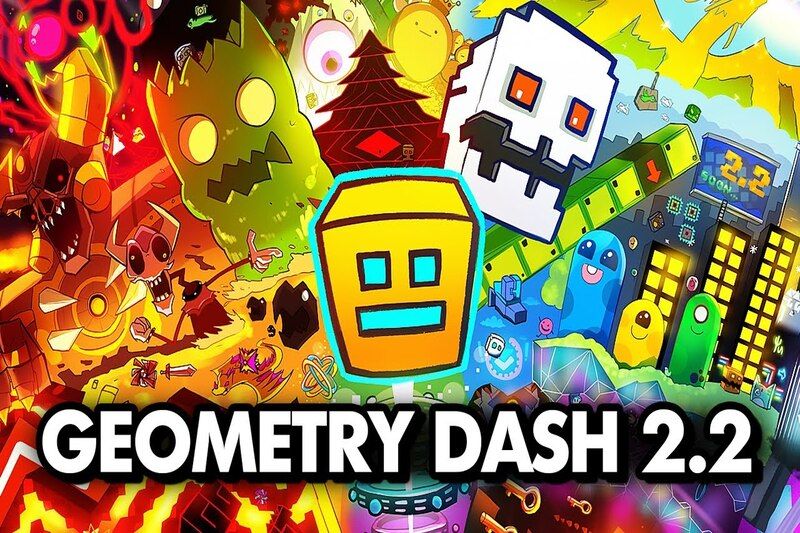Advertisement
Popular Now
Phasmophobia, developed by Kinetic Games, is a co-op psychological horror game that has terrified players since its early access launch in September 2020. Tasking up to four players with identifying ghosts in haunted locations using equipment like EMF Readers, Thermometers, and Spirit Boxes, the game thrives on its immersive mechanics and unpredictable ghost behaviors. However, one persistent issue continues to challenge even seasoned ghost hunters: the complexity and inconsistency of ghost identification. With the 2025 Chronicle update introducing new evidence types like Video and Sound Recordings, alongside revamped mechanics, identifying ghosts has become both more immersive and more demanding. This article dives deep into the specific issue of ghost identification, exploring its challenges, recent updates, and strategies to master it, ensuring players can conquer the paranormal with confidence.
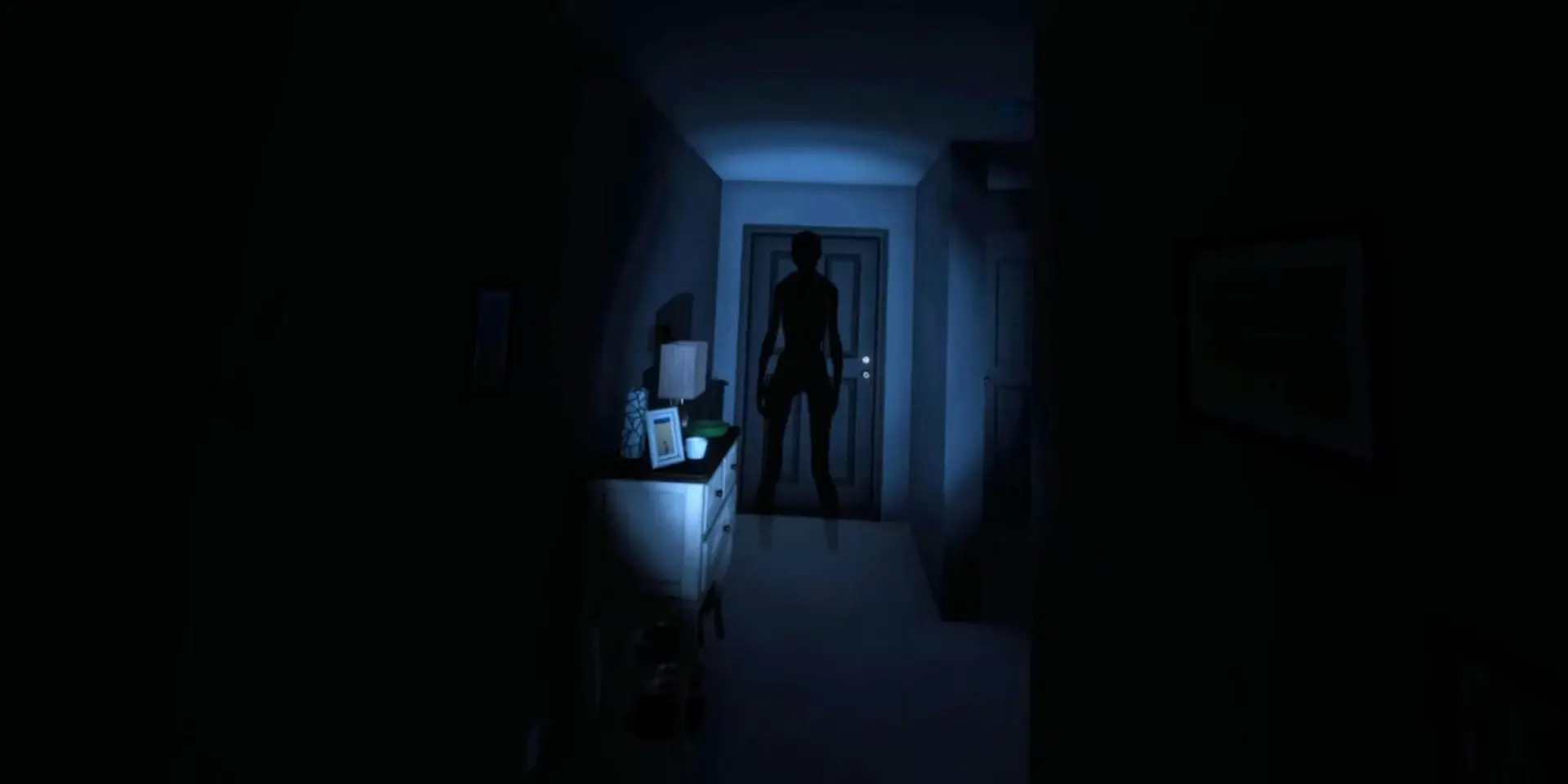
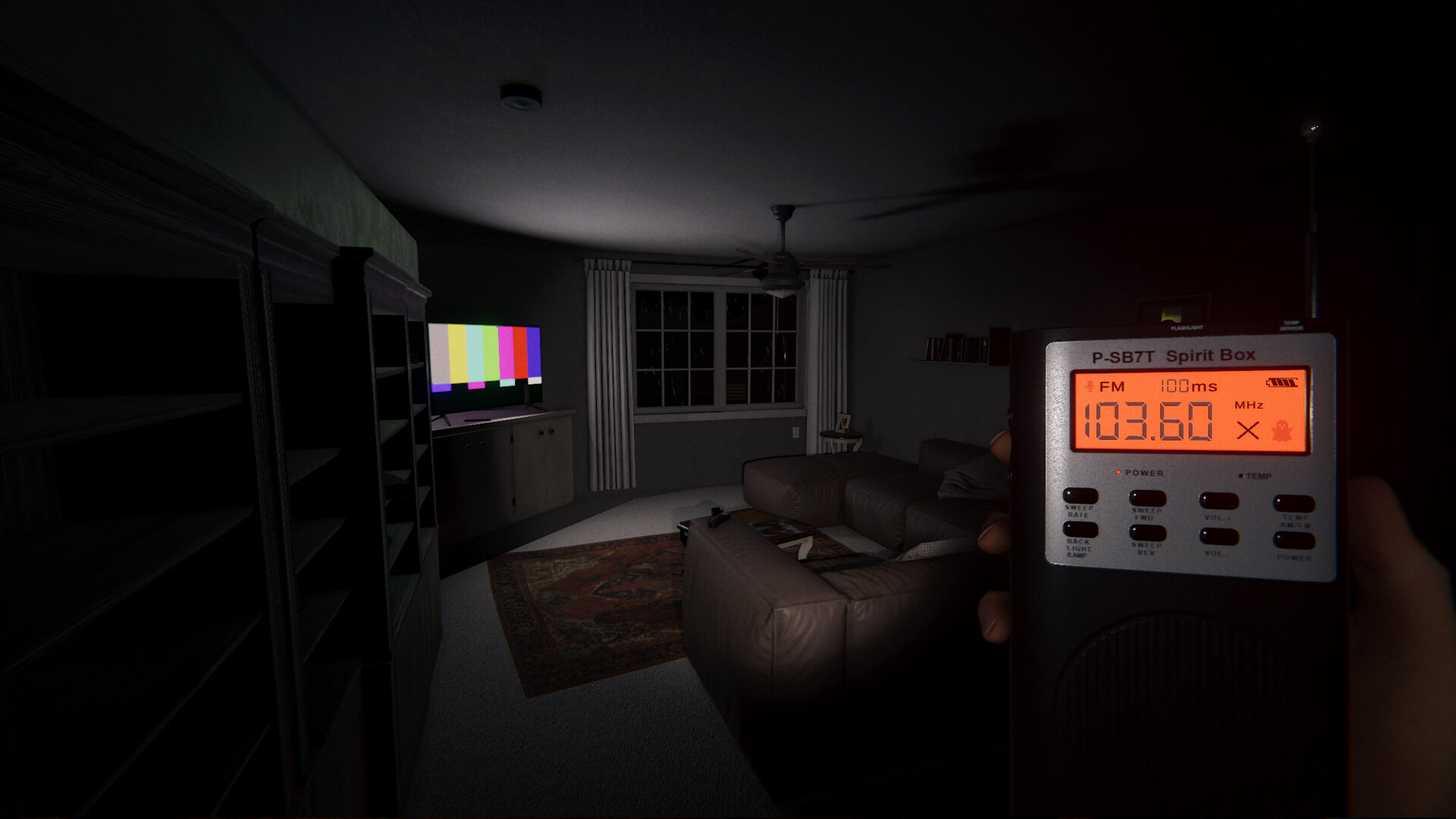

1. Early Challenges in Ghost Identification

Limited Evidence Types
In Phasmophobia’s early days, ghost identification relied on three evidence types: EMF Level 5, Ghost Writing, Freezing Temperatures, Spirit Box, Ghost Orbs, and DOTS Projector (added later in 2021). Players used tools like EMF Readers and Thermometers to gather clues, but the limited number of evidence types often led to ambiguity. For example, ghosts like the Wraith and Banshee shared similar evidence (e.g., EMF 5, Freezing Temperatures), making identification tricky without observing secondary behaviors like speed or hunt patterns.Reliance on Ghost Behavior
Without sufficient evidence, players leaned heavily on ghost behaviors, such as the Wraith’s avoidance of salt or the Banshee’s targeting of a single player. However, these behaviors were inconsistent, as ghosts could exhibit random interactions (e.g., throwing objects) that mimicked other types. This forced players to make educated guesses, especially on higher difficulties like Nightmare, where only two evidence types were available, increasing the risk of misidentification and deadly hunts.- Early Identification Issues:
- Overlapping evidence types caused confusion.
- Inconsistent ghost behaviors led to misidentification.
- Limited tools restricted evidence collection efficiency.
2. The Impact of the 2021 Exposition Update
Introduction of DOTS Projector
The 2021 Exposition update (v0.3.0) introduced the DOTS Projector as a new evidence type, allowing players to spot ghostly silhouettes in its light field. This added a visual layer to identification but came with challenges. The DOTS evidence was notoriously difficult to capture due to ghosts’ sporadic movement through the projector’s range. Players often spent entire matches waiting for a ghost to pass through, only to miss it due to poor placement or timing.Rebalanced Evidence Requirements
The update also reshuffled evidence requirements for all ghost types, forcing players to relearn identification patterns. For instance, the Goryo, a new ghost, only showed DOTS evidence via video cameras, not the naked eye, adding complexity. This change made the journal a critical tool, but its clunky interface and lack of real-time updates frustrated players, especially in multiplayer where coordination was key to logging evidence correctly.3. Nightmare Difficulty Amplifies Ambiguity
Reduced Evidence Availability
Introduced in 2021, Nightmare difficulty limited players to two evidence types instead of three, significantly increasing the challenge of ghost identification. For example, a ghost with EMF 5 and Freezing Temperatures could be a Banshee, Phantom, or Jinn, requiring players to observe subtle behaviors like the Phantom’s invisibility during hunts or the Jinn’s speed boosts near electronics. This reliance on non-evidence tells was risky, as behaviors varied by map and ghost RNG.Map-Specific Challenges
Larger maps like Asylum or Sunny Meadows exacerbated identification issues due to their sprawling layouts. Ghosts could roam far from their spawn, making it hard to pinpoint their room for evidence like Freezing Temperatures. Players often wasted time searching, only to trigger hunts that disrupted evidence collection. The lack of clear indicators for ghost location forced reliance on secondary clues, like footsteps or interactions, which weren’t always reliable.4. The Ascension Update’s Progression Overhaul

Equipment Tier System
The 2023 Ascension update revamped progression, introducing three tiers for equipment like EMF Readers and Thermometers. Higher-tier tools improved evidence detection (e.g., Tier III EMF Readers had wider range), but their high cost meant new players struggled with underpowered gear. This made collecting evidence like EMF 5 or Ghost Orbs slower, as Tier I cameras had lower resolution, and players needed to unlock better equipment through grinding XP.Rebalanced Ghost Interactions
The update also tweaked ghost interactions, making some evidence types harder to obtain. For instance, Ghost Writing required specific conditions (e.g., sanity below 50%), and Spirit Box responses were less consistent without precise phrasing. These changes aimed to deepen immersion but frustrated players who found evidence collection more time-consuming, especially on Professional or Nightmare difficulties where time and sanity were limited.- Ascension Challenges:
- High-cost Tier III equipment delayed progression.
- Stricter evidence conditions slowed identification.
- New players faced steep learning curves with basic gear.
5. Bleasdale Farmhouse Rework in March 2025
Environmental Interactions Complicate Evidence
The March 2025 update overhauled Bleasdale Farmhouse, adding motion-sensing lights and interactive objects that both players and ghosts could trigger. While immersive, these changes muddled evidence collection. For example, lights toggling could be mistaken for ghost interactions, leading to false EMF readings. The new layout also made it harder to isolate the ghost’s room, as its larger size and garden area allowed ghosts to roam widely, delaying evidence like Freezing Temperatures.Impact on Identification Strategies
Players had to adapt by placing equipment like Sound Sensors strategically to track ghost movement before setting up cameras or DOTS Projectors. The rework highlighted the need for teamwork, as one player could monitor lights while others focused on evidence. However, solo players struggled, as the map’s complexity demanded constant movement, making it harder to catch fleeting evidence like Ghost Orbs.6. The Chronicle Update’s Evidence Overhaul (June 2025)
Introduction of the Media Tab
The Chronicle update, released June 24, 2025, replaced the Photos tab with a Media tab in the journal, incorporating Photos, Videos, and Sound Recordings. The new Sound Recorder captures paranormal audio, like whispers or footsteps, as a third evidence type for many ghosts. This added depth but introduced complexity, as players must now position themselves near sound sources using visual indicators, which can be hard to spot during chaotic hunts.Unique vs. Duplicate Captures
The update replaced the quality-based photo system with a “Unique” capture system, rewarding high XP and cash for first-time evidence captures (e.g., a ghost’s first DOTS sighting). Duplicate captures yield less, incentivizing diverse evidence collection. However, the Sound Recorder’s finicky range and the need for precise video camera placement make gathering all evidence types challenging, especially on larger maps where ghosts roam unpredictably.- Chronicle Update Challenges:
- Sound Recorder requires precise positioning for audio evidence.
- Unique capture system demands varied evidence collection.
- Video evidence is harder to obtain on sprawling maps.
7. Voice Recognition Enhancements
Console Voice Integration
The February 2025 update brought VOSK Voice Recognition to PlayStation 5 and Xbox Series X/S, allowing console players to interact with ghosts via microphones, matching PC functionality. Players can ask questions or taunt ghosts by name, increasing paranormal activity but also hunt risk. However, inconsistent recognition (especially for non-English languages) and background noise can lead to missed Spirit Box evidence, frustrating identification efforts.Balancing Risk and Reward
Calling a ghost’s name boosts activity, making evidence like Ghost Writing or Spirit Box responses more likely, but it also drains sanity faster, triggering hunts. Players must balance vocal interactions with safety, as misjudging a ghost’s aggression (e.g., a Demon’s early hunts) can lead to death before evidence is collected. This mechanic adds immersion but complicates identification for solo players or those with unreliable microphones.8. Seasonal Events and Ghost Behavior Shifts

Cursed Hollow Event (April 2025)
The April 2025 Cursed Hollow event introduced totems that alter ghost behavior, either aiding or hindering identification. For example, some totems increase evidence frequency (e.g., more Ghost Orbs), while others make ghosts more aggressive, reducing evidence windows. The event’s daily map rotation further complicates strategies, as players must adapt to different layouts and ghost behaviors, like the Forest Spirit’s unique interactions.Impact on Evidence Consistency
Seasonal events like Cursed Hollow highlight Phasmophobia’s identification inconsistency. Totems can obscure standard evidence patterns, making it harder to distinguish ghosts like the Oni (frequent interactions) from the Poltergeist (object-throwing). Players must prioritize totem collection to stabilize ghost behavior, but this diverts time from evidence gathering, especially on Nightmare difficulty where evidence is already limited.9. Map Reworks and Navigation Issues
Grafton and Tanglewood Reworks
Planned for late 2025, the Grafton Farmhouse and 6 Tanglewood Drive reworks will introduce new layouts and assets, like a seamstress workshop for Grafton and ornate rooms for Bleasdale. These changes aim to enhance immersion but risk complicating ghost tracking, as new rooms and props may create more interaction points, diluting evidence focus. For example, a ghost throwing objects in a cluttered workshop could distract from DOTS or EMF evidence.Navigation and Evidence Placement
Reworked maps increase the challenge of placing equipment effectively. On Bleasdale, players struggled to cover all areas with cameras due to the garden and attic additions. Similarly, Grafton’s deteriorated layout may make DOTS Projectors less effective if ghosts favor new areas. Players must master map knowledge and use Sound Sensors or motion detectors to narrow down ghost rooms before committing to evidence setups.- Map Rework Challenges:
- New layouts scatter ghost interactions, delaying room identification.
- Cluttered props can mimic ghost activity, confusing evidence.
- Equipment placement requires precise map knowledge.

